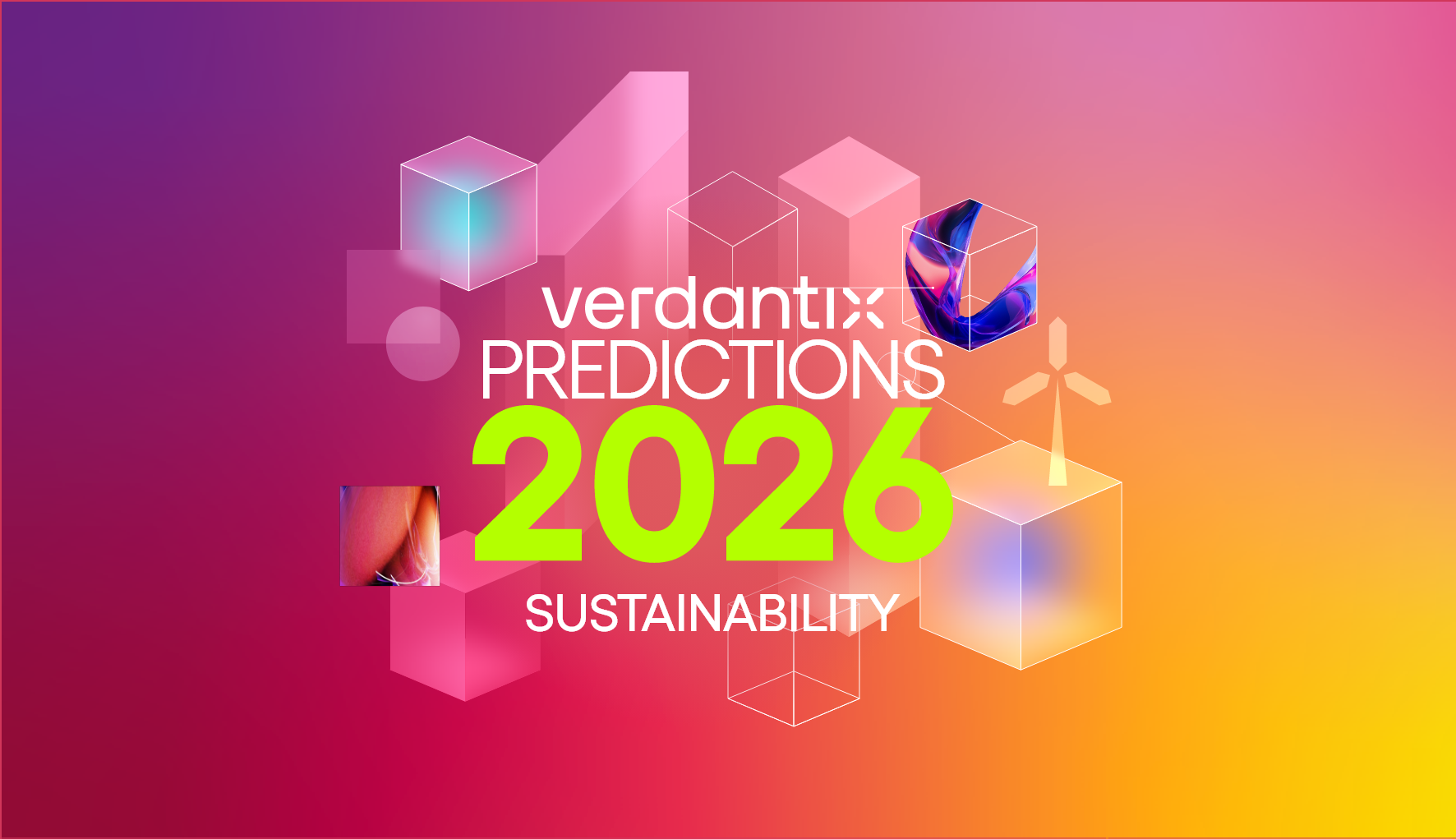Another Rule, Another (Proposed) Rollback: The Impact Of Rescinding The Endangerment Finding
The Trump administration just took one of its most momentous steps yet in dismantling US federal climate policy. On July 25, 2025, the EPA announced a proposal to rescind the 2009 Endangerment Finding. The Endangerment Finding is a widely accepted, science-backed finding that officially recognized GHGs as a threat to human health and welfare – and therefore provided the legal foundation for the EPA to regulate these pollutants.
EPA officials have pointed to high costs for businesses and reduced consumer choice as key motivations for the rollback, despite the EPA’s own 2024 Regulatory Impact Analysis projecting significant net benefits over the next 30 years from limiting emissions from cars and trucks.
What exactly will happen if the Endangerment Finding is rolled back?
Rolling back the Endangerment Finding would strip the EPA of its core authority to regulate climate pollutants under the Clean Air Act. This would dismantle the legal basis for a wide range of rules targeting GHG emissions – from vehicle tailpipe standards to power plant emissions and methane restrictions in the oil and gas industry. This is not the Trump administration’s first attempt to roll back climate-related regulations, but it is the most far-reaching.
What happens next?
The proposal will go through a public hearing on August 19-20, followed by a public comment period. The rollback will certainly face legal challenges, with potential escalation to the Supreme Court. Although scientific evidence supporting the Endangerment Finding has only increased since 2009, so has the politicization of the Supreme Court. Litigation will likely take months, if not years – potentially colliding with the 2026 mid-term elections.
What does this mean for impacted industries?
For many firms, the legal challenges to this rollback just add to the growing uncertainty they are facing around sustainability-related regulations. Without a federal framework, businesses are left navigating a fragmented climate policy environment; one where state regulations, international mandates and investor scrutiny grow more important and more complex by the day.
Uncertainty around the status of EPA regulations could disrupt long-term strategic planning. Firms committed to sustainability goals tied to federal policies may have to rethink investments in clean technologies or carbon management, increasing financial risk. Moreover, inconsistent regulations could complicate supply chain coordination and reporting, raising costs and operational complexity.
If the Endangerment Finding is eventually rescinded, some organizations may welcome a short-term reprieve from compliance obligations. However, they should be cautious: weaker federal regulation won’t lower stakeholder expectations, won’t ensure compliance with state and international requirements, and certainly won’t shield their assets from the escalating risks of climate change. Even without federal regulation, businesses should continue building resilience into their sustainability strategies by safeguarding long-term investments, embedding sustainability into their operations and supply chains, and ensuring alignment with stakeholder expectations.
For more information on the evolving regulatory landscape in the US, see Verdantix Strategic Focus: ESG & Sustainability In The US.
About The Author

Jessica Pransky
Principal Analyst





